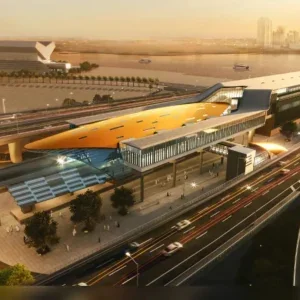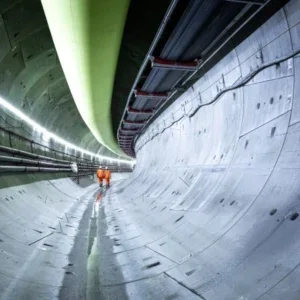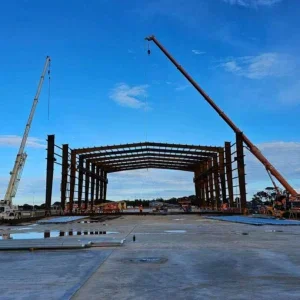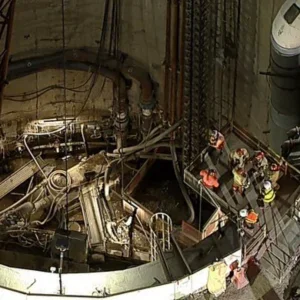Speakers at the remembrance ceremony included state Rep. Andrew Beeler and an invitee from the Great Lakes Water Authority. A bell was rung while the names of the 22 men lost was read out.
An exhaustive enquiry later concluded that work from the lake’s surface to drill a vertical ventilation shaft resulted in a drill bit striking concrete and igniting a pocket of methane trapped within a layer of Antrim Shale. The resulting blast created a shock wave in the 5.5m-diameter tunnel said to have had a speed of 4,000mph and a force of 15,000psi.
According to a report in The Detroit News published immediately after the disaster, 38 men were pouring the concrete liner around 1,200m from the headshaft at the time of the blast. Debris was seen flying up to 60m in the air at both ends of the tunnel – on the Port Huron mainland and from the cofferdam at the intake five miles off shore. A 40t drill rig was said to have been propelled backward by more than 12m by the blast. Some of the workers who were working near the elevator shaft were able to walk out relatively unharmed.
The tragedy is regarded as one of the deadliest industrial accidents in Michigan's history. In common with many such disasters, it resulted in stronger mining safety regulations and enforcement.







